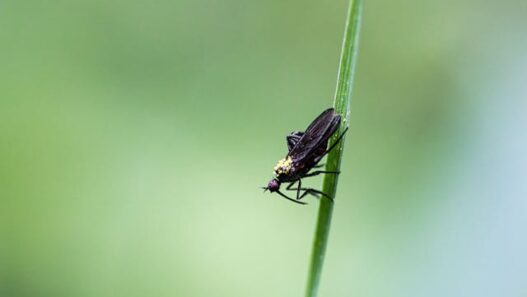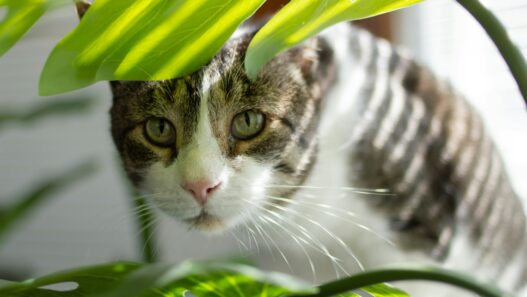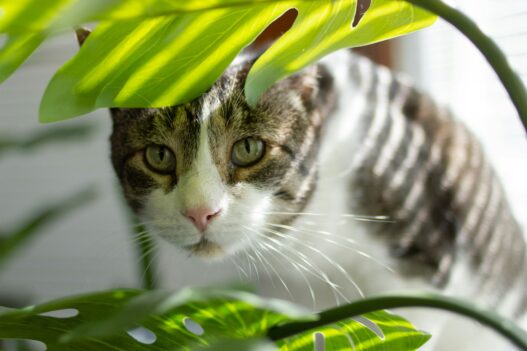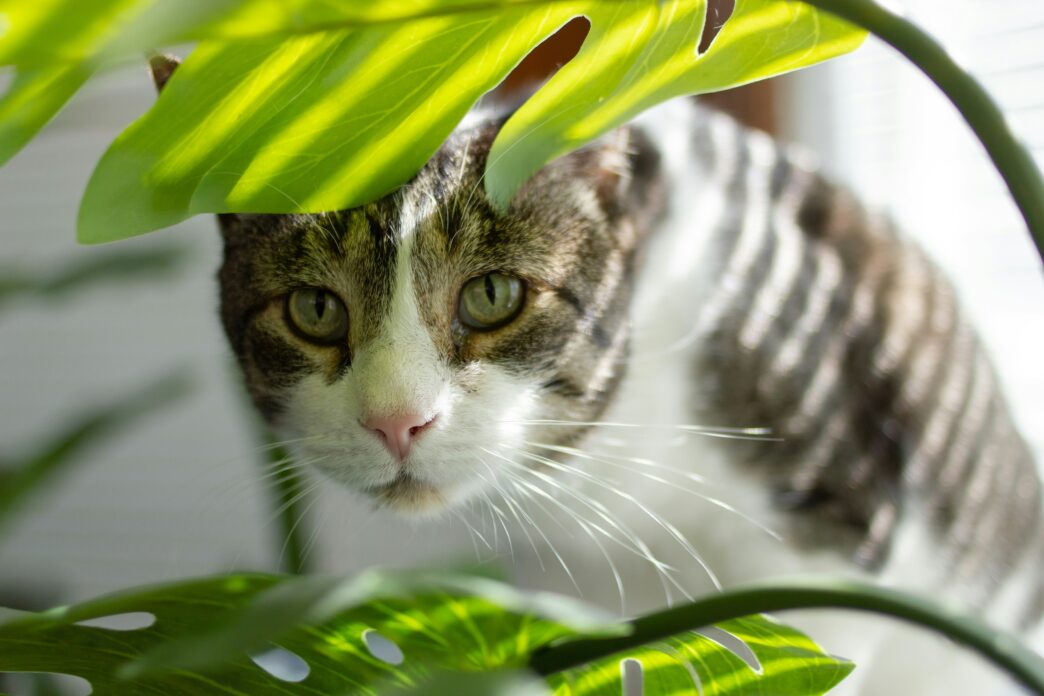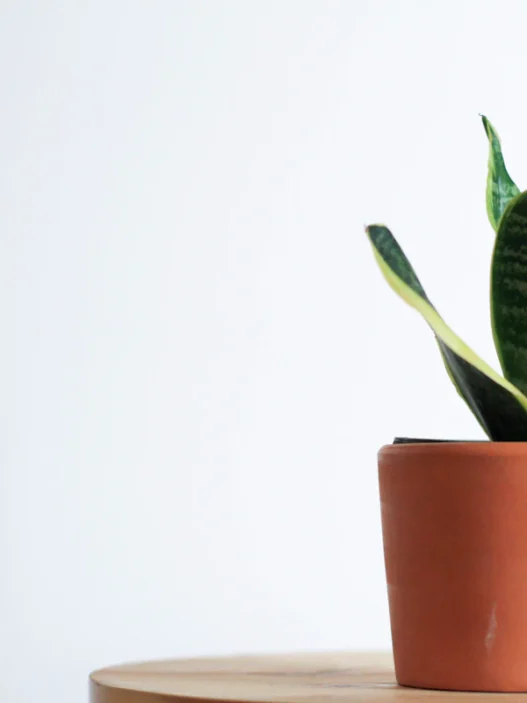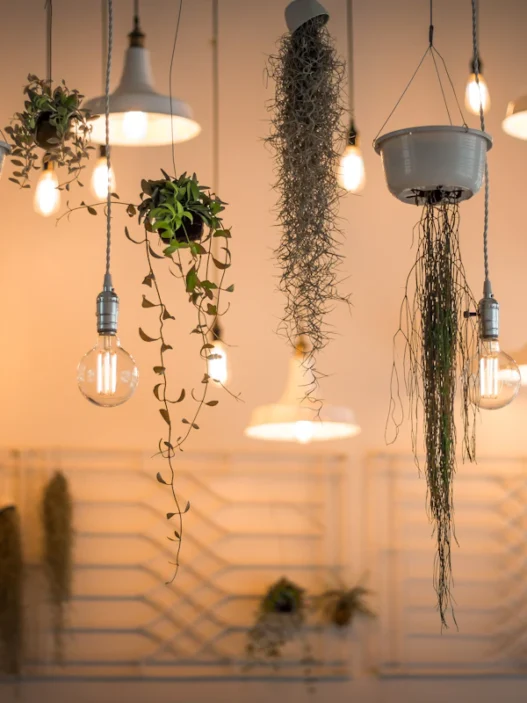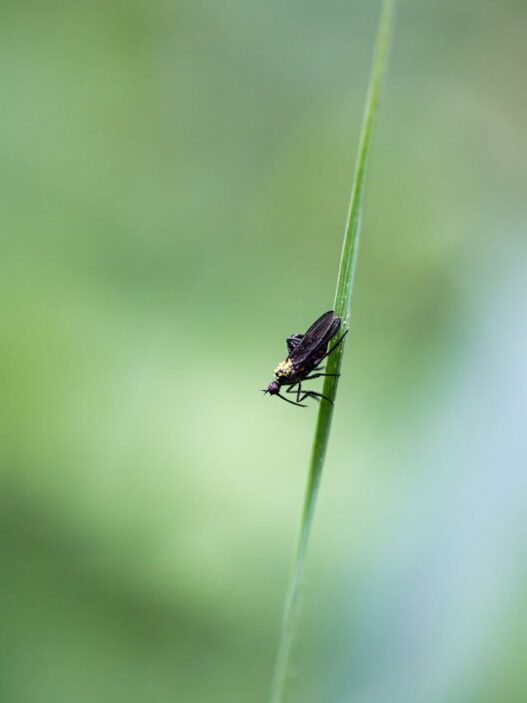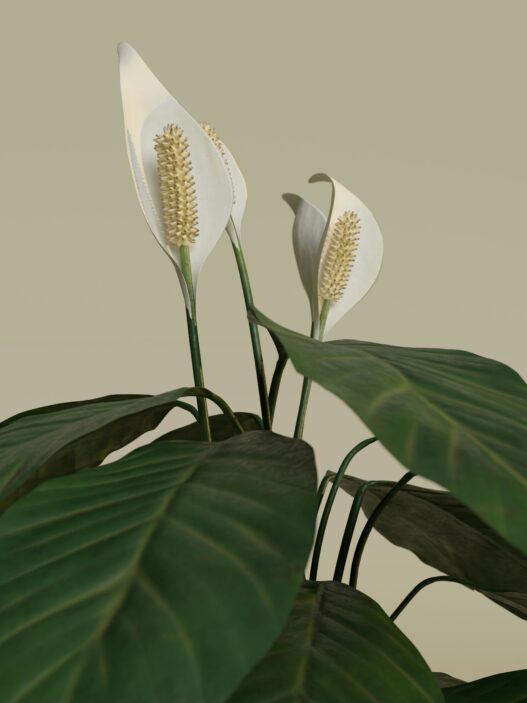So you’ve created a cozy little jungle in your home. There’s greenery on your shelves, in your bathroom, even hanging from the curtain rods. It’s a whole vibe.
But if you’ve got pets?
Some of those gorgeous plants might be doing more harm than good.
Cats and dogs are curious. They sniff, nibble, and knock things over for sport. Unfortunately, many popular houseplants are toxic to them — even a small bite can cause significant problems.

Let’s walk through 12 of the most common offenders so you can protect your fur babies without sacrificing your love for plants.
1. Peace Lily (Spathiphyllum)
Beautiful? Yes. Safe? Not even close.
Despite the name, Peace Lilies are toxic to both cats and dogs. They contain calcium oxalate crystals, which can cause burning in the mouth, drooling, and even vomiting.
Pet-safe alternative: Try a Prayer Plant instead — it’s non-toxic and still maintains its lush, leafy appearance.
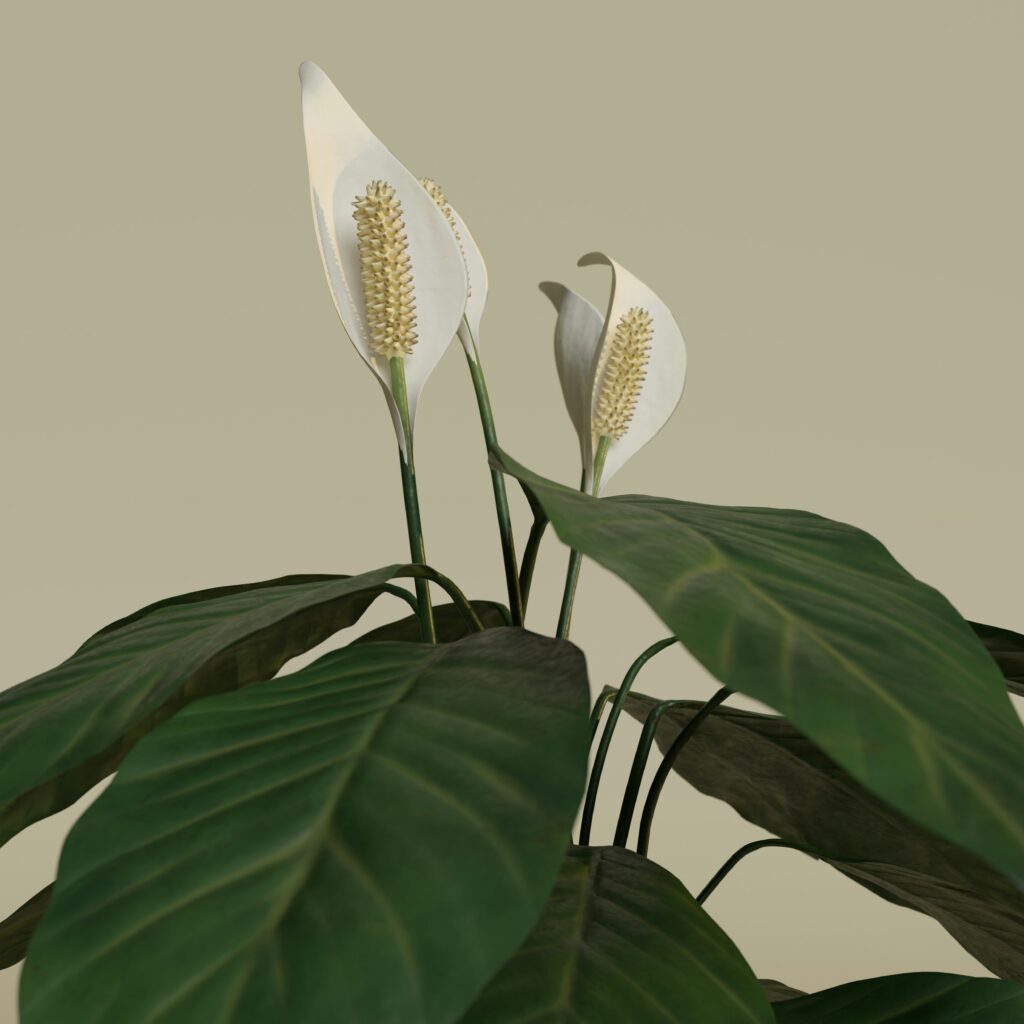
2. Snake Plant (Sansevieria)
These are on every “beginner-friendly” plant list — and for good reason. But they’re not friendly to pets.
If ingested, Snake Plants can cause nausea, vomiting, and diarrhea. It’s rarely fatal, but it’s still super uncomfortable for your furry friend.
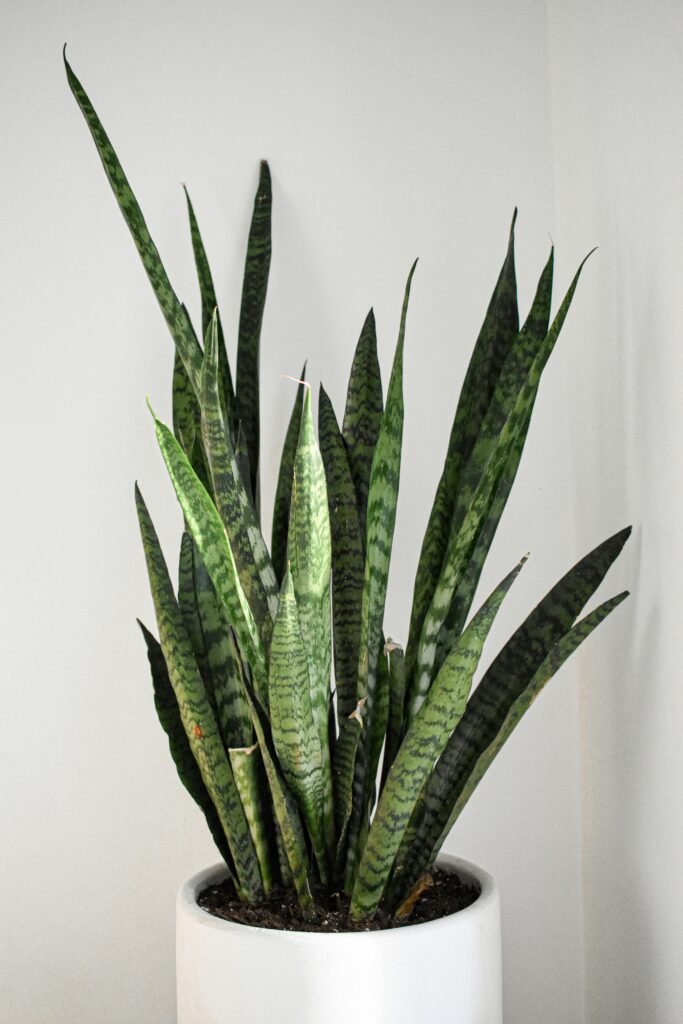
3. Pothos (Epipremnum aureum)
Pothos are trailing, low-maintenance beauties — and also pretty toxic.
They’re easy to grow and hard to kill, but if your pet chews on the leaves or stems, they can experience mouth irritation and swelling.
Pro tip: Keep it hanging high, well out of paw reach. Or swap it for a Spider Plant.
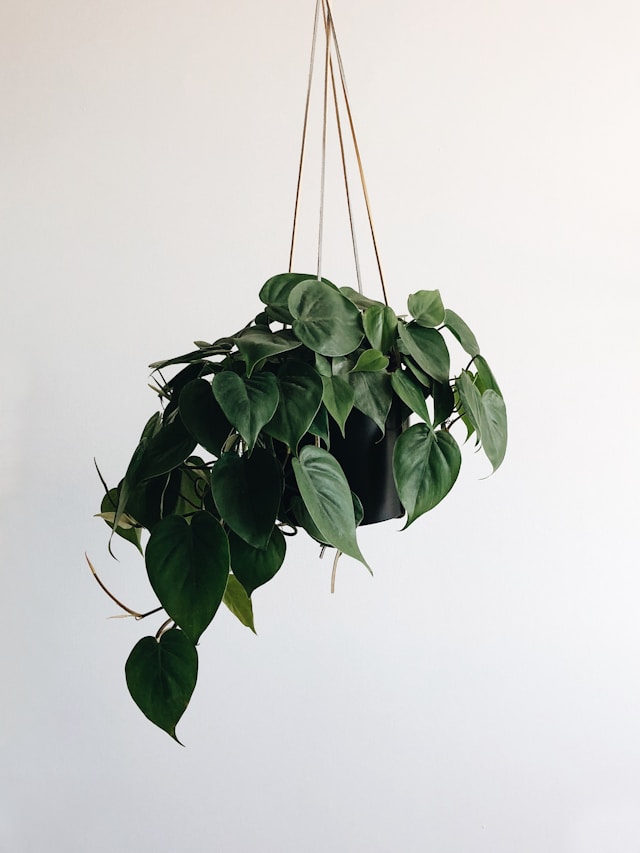
4. Aloe Vera
We all know Aloe is great for burns and skin care. But for pets? Not so much.
The gel isn’t the problem — it’s the latex (the yellowish part of the leaf) that can cause vomiting and lethargy in cats and dogs.
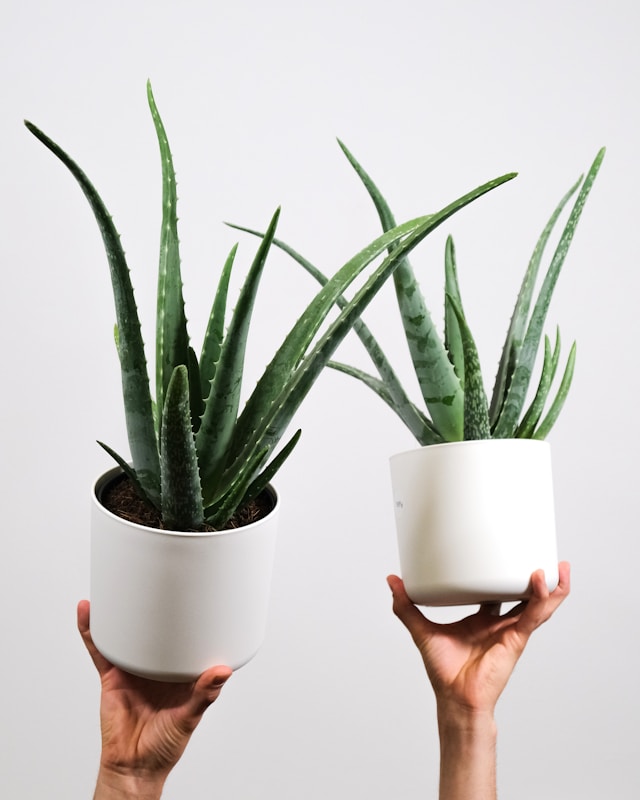
5. Dieffenbachia (aka Dumb Cane)
Even a nibble of this one can cause some severe reactions — including swelling of the mouth and tongue, drooling, and difficulty swallowing.
It’s called “Dumb Cane” for a reason: the swelling can literally make it difficult for animals (and humans) to talk or vocalize.
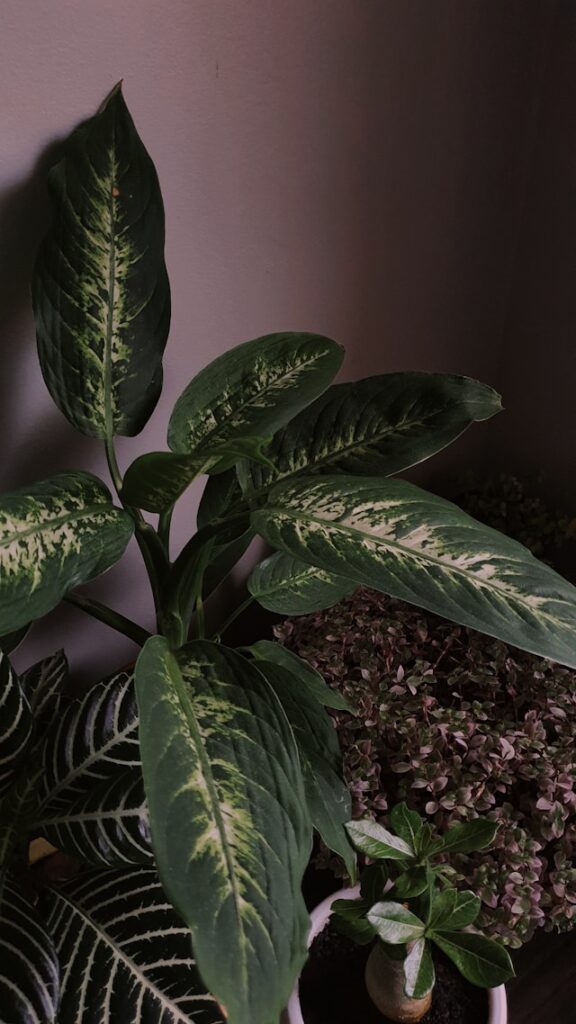
6. Philodendron
These popular vining plants are everywhere — and they’re all toxic.
Symptoms in pets include burning sensations, oral pain, and gastrointestinal issues.
Better choice: Consider a Calathea — pet-safe and just as striking.
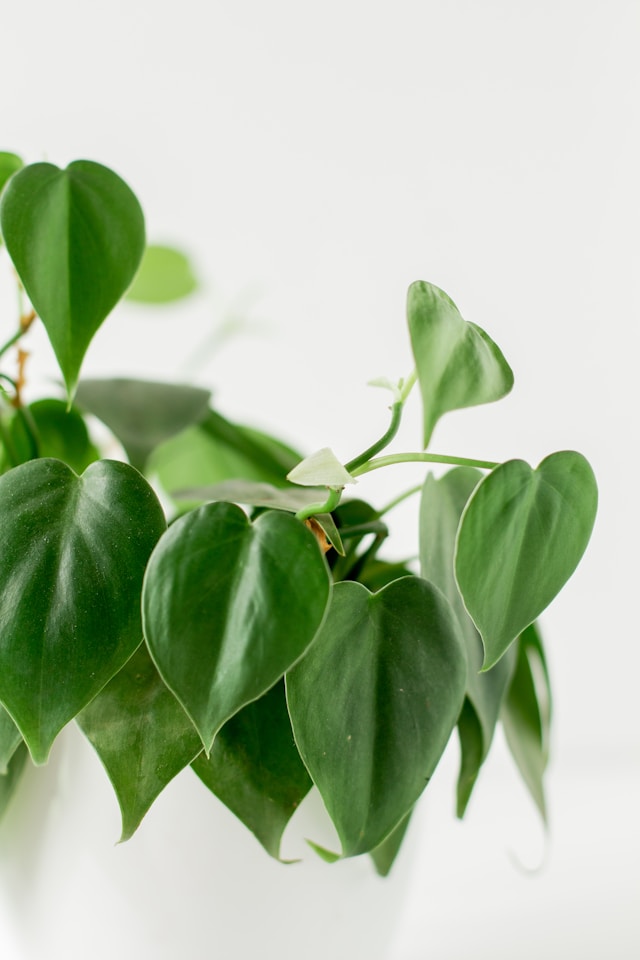
7. ZZ Plant (Zamioculcas zamiifolia)
The glossy, low-light-loving ZZ Plant is basically the poster child for easy indoor greenery. But it’s also mildly toxic.
It contains calcium oxalate, which can irritate the mouth and stomach. Best to keep this one far away from pets who like to chew.
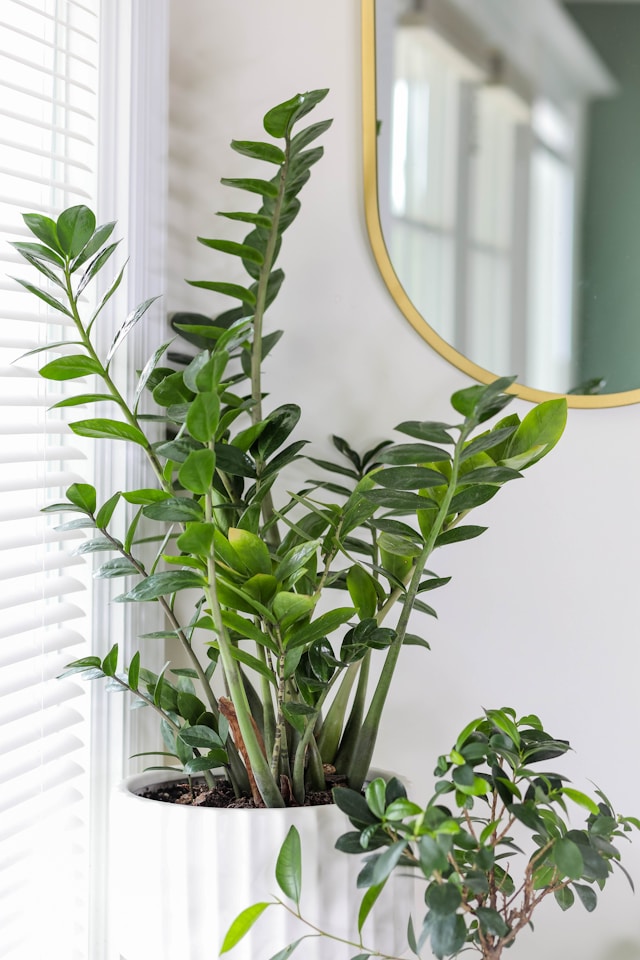
8. Sago Palm
This one is serious.
Every part of the Sago Palm is toxic — especially the seeds. Even a small amount can cause liver failure in pets and can be fatal if not treated immediately.
If you only remember one plant from this list, make it this one.
9. Jade Plant (Crassula ovata)
Jade Plants are often mistaken as safe because they look harmless. But they can cause vomiting, lethargy, and loss of coordination in pets.
They’re also part of the succulent family, which surprises many people. Not all succulents are safe!
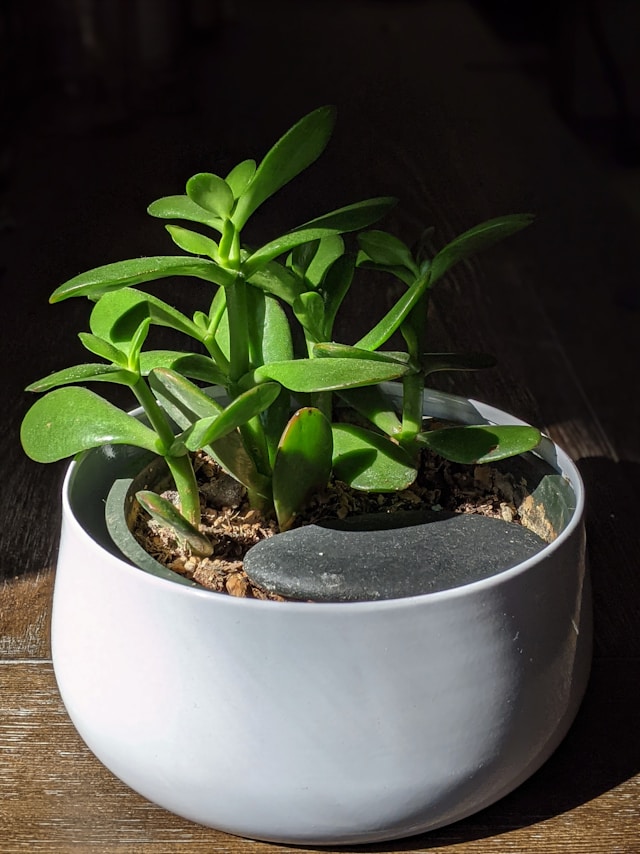
10. Monstera Deliciosa
Yep — the plant all over Instagram with those gorgeous split leaves? Toxic.
It contains insoluble calcium oxalates, which can cause pain and swelling if chewed. It’s not usually life-threatening, but it’s definitely unpleasant.

11. English Ivy (Hedera helix)
This trailing beauty is a dream in a hanging basket — but a nightmare if eaten.
Ingesting ivy can lead to vomiting, abdominal pain, and excessive drooling in pets.
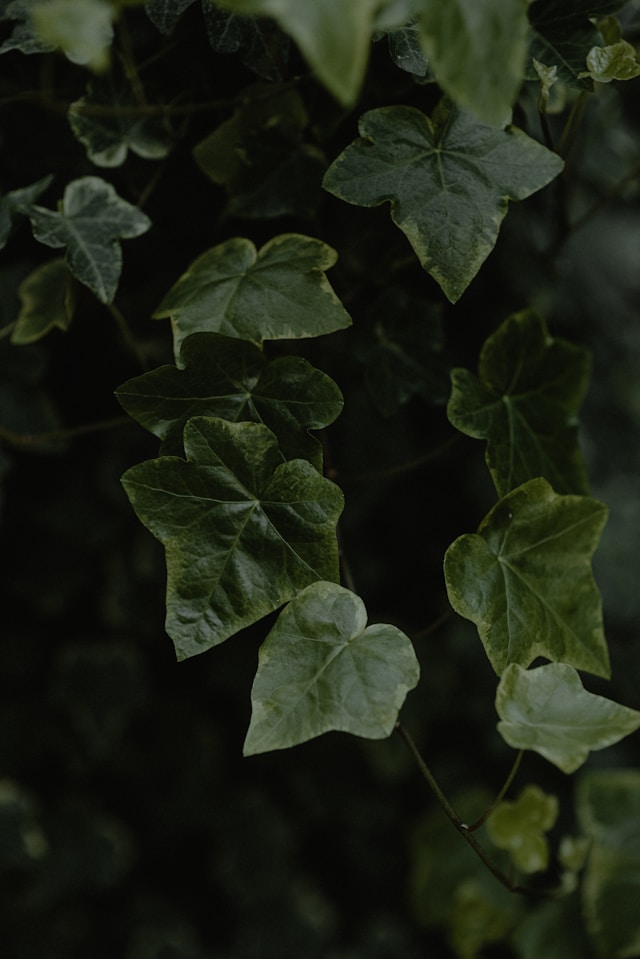
12. Rubber Plant (Ficus elastica)
Some types of Rubber Plants are safe, but most varieties commonly sold as houseplants can irritate pets’ stomachs and cause vomiting or diarrhea.
Always check the exact species before bringing it home.
What to Do If Your Pet Eats a Toxic Plant
If you think your pet has chewed on a toxic plant, don’t wait it out. Call your vet right away. You can also contact:
- ASPCA Animal Poison Control: (888) 426-4435
- Pet Poison Helpline: (855) 764-7661
Speed is everything when it comes to toxicity.
You don’t have to choose between a plant-filled home and keeping your pets safe. It takes a little awareness (and maybe a few plant swaps).
There are numerous beautiful, non-toxic options available — and your peace of mind is worth the switch.
Remember: if it’s within sniffing distance, it’s fair game. So, when in doubt, place it high or opt for a pet-safe alternative.
Your plant babies and your real babies will thank you.



